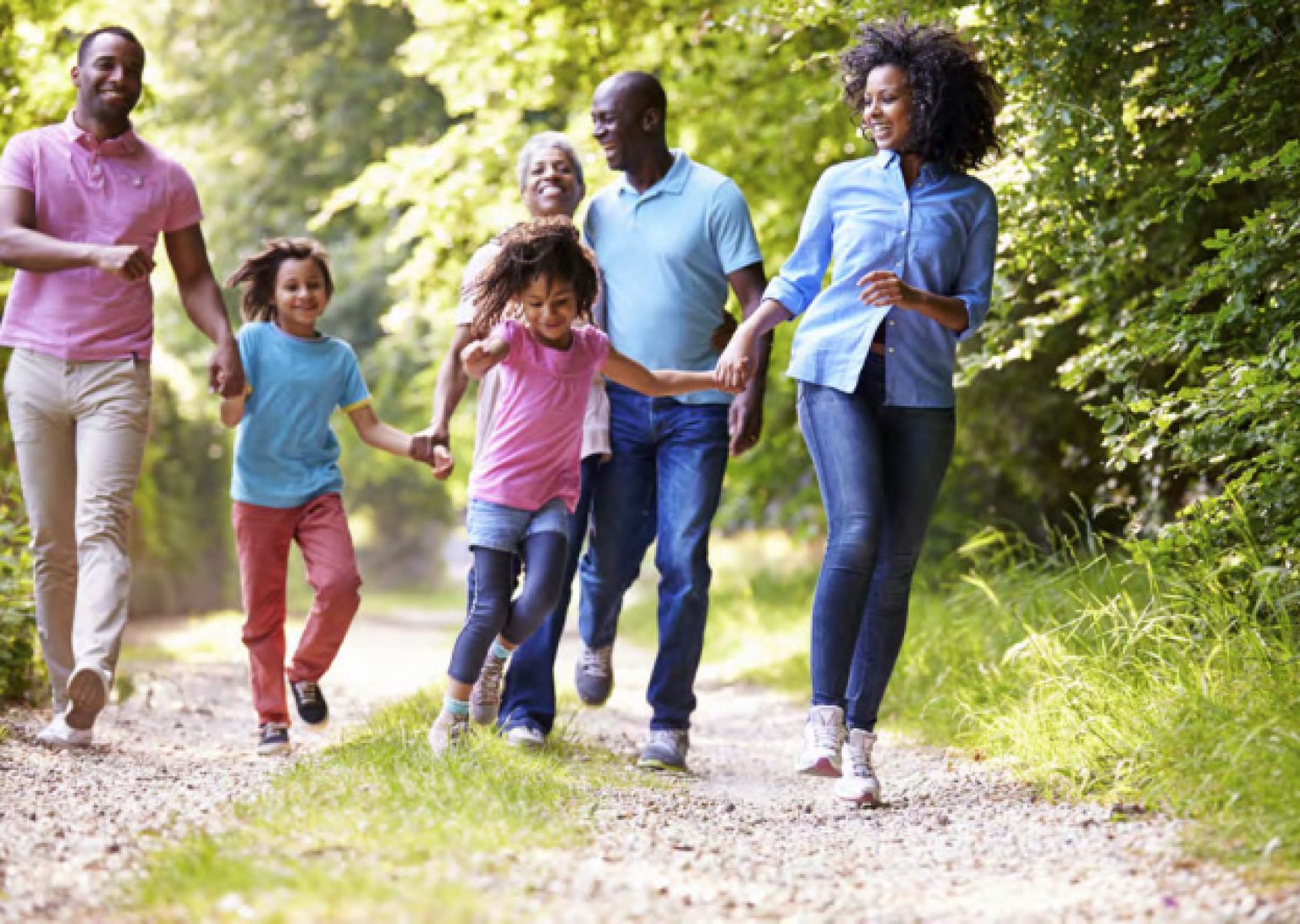“Everyone should have access to spaces and places that make it safe and easy for us to walk or wheelchair roll—whether in urban, suburban, or rural settings. This means that the people who design our cities and neighborhoods should include well-maintained sidewalks, pedestrian-friendly streets, access to public transit, adequate lighting, and desirable destinations that are close to home. It also means that law enforcement and community leaders should work closely together to ensure that none of us has to walk in fear for our safety. Walkable communities are good for social connectedness, good for business, good for the environment, and, most importantly, good for our personal health.”3

